Planning for Sea Level Rise in Saint John
Recently ACAP Saint John worked with the New Brunswick Environmental Network to host a Sea Level Rise Workshop at the Saint John Free Public Library. The workshop’s goals were to educate the public on sea level rise concepts, identify areas and infrastructure that may be at risk, and to discuss tools and approaches for adapting to the effects of climate change.
Flood risk maps were shown to participants and depicted water levels at four different stages:
Higher High Water Large Tide (HHWLT) (4.6 m) represents the impact of storm surge on higher tides associated with the new moon or full moon cycles. This figure is determined by the average large tide over a 19 year period.
HHWLT + 1 m (5.6 m) which depicts sea level rise of 1 m, the approximate height predicted to occur by 2100.
HHWLT + 2 m (6.6 m) Saxby Gale Type Event. The Saxby Gale was a hurricane that made landfall during a perigean (extreme high) tide in 1869 and resulted in a storm surge of approximately 1.7-2.1 m high, the highest ever recorded in the Bay of Fundy.
1 in 100 year storm surge in 2100 (6.8 m). Flooding scenarios are generally modeled for return periods (the average time between events) ranging from and annual event to a one in 100-year event. For example, a 100-year event is predicted to have a one in 100 (1%) chance of occurring in any given year.
Participants were able to visualize what areas may be at risk to sea level rise and discussed some actions that could be taken to prevent damage to coastal assets.
Workshop participants discuss sea level rise in Saint John.
Most coastal infrastructure is built to withstand storms and flood events based on a specific return period (i.e. 1 in 100 year storm). Return periods are calculated based on current weather, and does not include changes in future climate; therefore, in the future a 1 in 100 year event could become a 1 in 50 year event due to increased severity and frequency of storms. To further illustrate this, consider that a 1 in 100 year storm (1% probability) today could create a storm surge of 5.5 m (0.9 m above the current HHWLT). By 2050, this same storm surge level will be a 1 in 2 year event (50% probability) and in 2100 the annual storm surge event is projected exceed the current 1 in 100 year event by 0.8 m. When infrastructure is designed to withstand today’s 1 in 100 year events, it may only do the bare minimum by 2100. Will these predictions be factored into building planning and design? How do we accommodate this moving target?
Now that we have identified what areas may be at risk, we can start to think about adaptation. By making changes to how and where we build, we can be better prepared for climate change impacts.
Adaptation to sea level rise and coastal erosion can be achieved in three ways: protection, accommodation and retreat/avoidance. Examples include:
Protection: hard/soft armouring beaches and coastal infrastructure, dykes, sea walls, restoring beaches/coastal wetlands, reinstating vegetation.
Accommodation: flood proofing buildings, changing building design guidelines, protection of coastal wetlands and restricting use in coastal areas.
Retreat/Avoidance: either abandoning or relocating infrastructure out of low lying areas restricting development in low lying areas.
Depending on the risks and costs associated with each strategy, no single approach can be applied to every situation. A combination of adaptation strategies would provide a more holistic approach to dealing with sea level rise.
Feedback from the workshop participants on the community needs included:
Better access to local information on climate change, sea level rise, etc.
More public consultation on new developments, especially in at risk areas.
Motivated and committed elected officials that will make adaptation a priority.
The Province of New Brunswick is developing flood risk maps that will depict coastal and inland flooding risks. These will be available to the public within the next few years. Community climate change adaptation planning is in the works at ACAP, along with Asset Management and Resilience studies that are being conducted by the City of Saint John. Community consultation on these projects will continue throughout the fall, including a Resilient Community Workshop which will take place on September 13.
If you have any questions about ACAP's climate adaptation work or are interested in participating in upcoming community consultation please contact office@acapsj.org
References
Daigle, R., 2017. Sea Level Rise and Flooding Estimates for New Brunswick Coastal Sections, 2017. R.J. Daigle Enviro. Prepared for New Brunswick Department of Environment and Local Government.

